Our planet Earth has experienced a rise in its average temperature by 1°C from pre-industrial times in the 1800s. Though rising temperature is a normal phenomenon, our human activities have accelerated this heating of the Earth at an exponential rate. Terms like Greenhouse effect, global warming, climate change have become part and parcel of our everyday lives. Yet, we continue to ignore or delay our actions at local, national and global levels to reduce our carbon footprint and lessen the heating of the earth. Globally scientists have warned of the irreversible and irreparable damages and losses to the planet earth, humankind and biodiversity if we do not aggressively cut our greenhouse gas (GHG) emissions and achieve net carbon zero emissions in the near future.
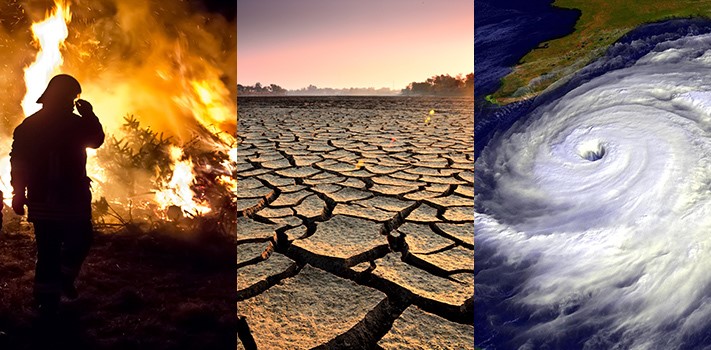
INDIA’S VULNERABILITY TO CLIMATE CHANGE
India,owing to its vast population, long coastline, tropical climate, socio-economic factors, reliance over fossil fuels for energy and landscape is ranked as one of the most vulnerable countries globally to be affected by the climate crisis. The frequency and intensity of extreme climate events in India have increased by almost 200% since 2005. India's per capita emission of CO2 is significantly less than the top 2 emitters in the world, USA and China, however, we are more vulnerable to the effect of such high carbon emissions.
No part of our country is spared from the adverse effects of the climate crisis, geographically, the Himalayas in the north, coastal areas in the south and the semi-arid region in central India, all are extremely vulnerable
to climate change. In terms of the population that will be affected by sea-level rise due to climate change, India is most vulnerable as compared to other countries in the world.
We do not have an option but to take action to protect ourselves from the increasing vulnerability and mitigate the impact of climate change.
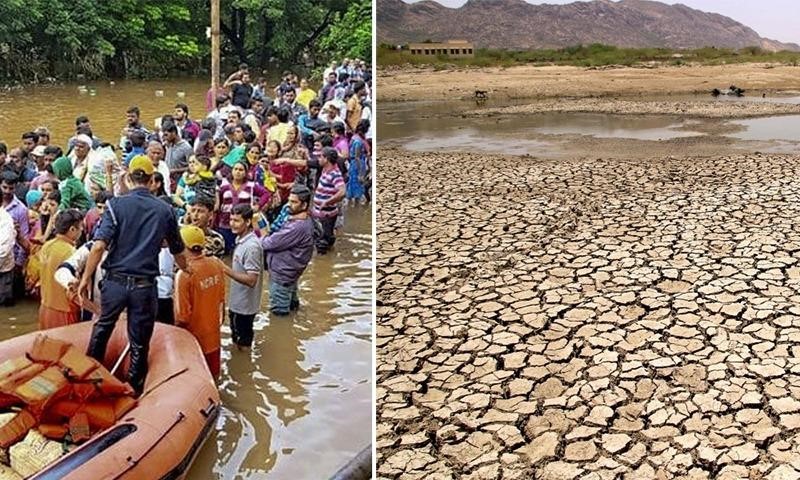
RISE IN TEMPERATURE
In the period between 1900 and 2018,India’s average temperature has increased by 0.7°C, resulting in an increase in the temperature of the warmest day and coldest night by about 0.63°C and 0.4°C, respectively. This rise in temperature has largely been attributed to global warming due to GHG emissions. The Indian Ocean around which one-third of the global population resides has also experienced a rise in sea surface temperature by
1°C during 1951–2015, markedly higher than the average global warming of 0.7°C, over the same period.
It has been estimated that the
average temperature in India will increase by 4.4°C by the end of 2100 leading to catastrophic climate events in the country. The frequencies of occurrence of warm days and warm nights are projected to increase
by 55% and 70%, respectively. Further, sea surface temperature and ocean heat content in the tropical Indian Ocean is projected to continue to rise in the 21st century.
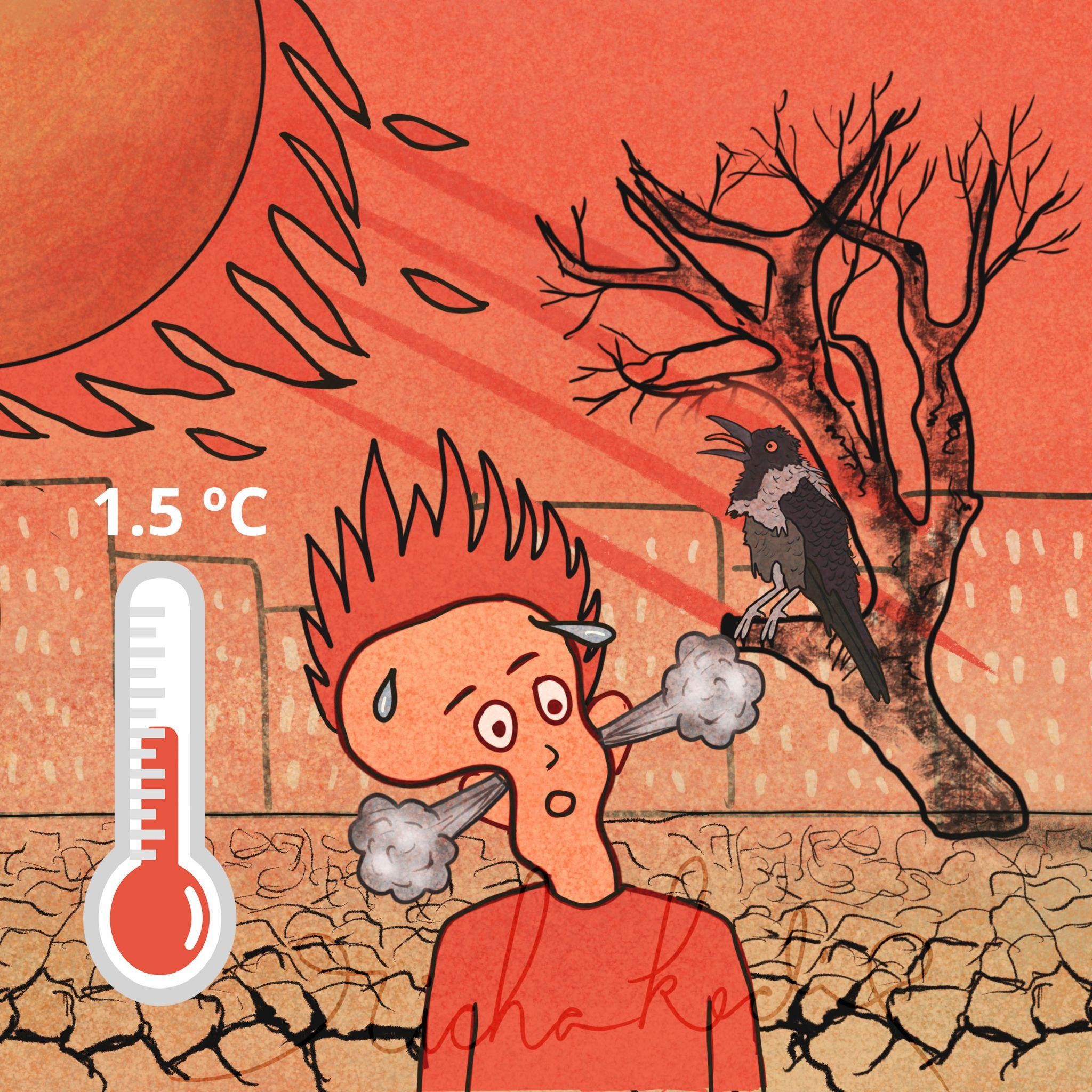
RISE IN SEA LEVEL
The oceans play a significant role in balancing the climate system. Over 90% of human-activity induced excess emission and heat is absorbed by the global oceans, resulting in warming of global oceans. Such warming
activities along with melting of glaciers and ice sheets result in rise in mean sea level leading to accelerated stress on the coastal cities and population.
In India
more than 95% of coastal districts
are vulnerable to extreme climate events. The rising sea level threatens to submerge 12 coastal cities in the country by the end of the century. As projected, the cities could be nearly three
feet underwater by the century's end. The cities include Mumbai, Chennai, Kochi, and Visakhapatnam, among others. One-third of the Indian population and the majority of the Asian population is located near coastal regions. Further, by the middle of the century around 35 million people in India could face annual coastal flooding, with 45-50 million at risk by the end of the century. Therefore, the rise in sea level poses a growing
challenge to population, economy, coastal infrastructures and marine ecosystems.

EXTREME WEATHER EVENTS
Climate change is a grave threat to our wellbeing and to a healthy planet. One of the most common pieces of evidence of climate change is the surge in the intensity and frequency of extreme weather events, such as heatwaves, erratic rainfall, floods, droughts, wildfires, cyclones, amongst others. It has been found that 495,000 human deaths globally are attributed to the extreme weather events from the 1999-2018 period.
The study
has found that more than 75 percent of Indian districts, which are home to over 638 million people, are extreme climate event hotspots. Between 1970 and 2005, there were 250 extreme events. The period after
2005 recorded 310 extreme events and associated events, including slow onset events like heat waves and cold waves.
India
is currently facing a spell of severe heat waves across the country, with March 2022 being recorded as the hottest in 122 years. According to the IPCC report (2021-2022),
India is projected to experience a high amount of rainfall and extreme vulnerability to flooding. India is also
one of top 10 countries with intense and frequent cyclone projection. Due to global warming, Asian countries could experience an
increase in drought conditions (5- 20%)by the end of this century.

WATER SECURITY
Climate change is primarily felt through a change in water and its security.
Water security implies availability, quality and accessibility of water for a population to sustainably ensure its livelihood, health, socio-economic development and bare survival.
Climate change is now affecting these factors in different ways in different regions of the world.
Higher temperatures and more extreme, less predictable, weather conditions are projected to affect availability and distribution of rainfall, snowmelt, river
flows and groundwater, and further deteriorate water quality. Most directly, climate change is negatively impacting the availability of water.
India has 18 percent of the world’s population, but only 4 percent of its water resources, making it among the most water-stressed in the world. More extended periods of dry spells and droughts are
already affecting the arid areas in India.
Climate change and rising water demand would put about 40% of people in India to live with water scarcity by 2050 as compared to the present 33%
.

FOOD SECURITY
Climate-related extremes have affected the productivity of all agricultural and fishery sectors. Droughts, floods and heatwaves contribute to reduced food availability and increased food prices, threatening
food security, nutrition and livelihood of millions. Over the last 50 years, global agricultural productivity has been slowed down by climate change.
India, being an agro-based economy, is considered one of the most vulnerable countries affected by extreme climatic conditions threatening food security. The dual impact of
rising sea levels and ground water scarcity will have a direct impact on the Indian agriculture sector. One of the chapters in the IPCC 2022 report says
that wheat, pulses, coarse and cereal yields could fall by almost 9% by 2050 in the country. In South India
maize production could decrease by 17% if emissions are high. "These disruptions to crop production are expected to cause price spikes in India, threatening food affordability, food security and economic growth".
Further, rice production can decrease from 10% to 30%, whereas maize production can decrease from 25% to 70%, assuming a range of temperature increase from 1º to 4°C. "Continued climate change will also cause
a decline in India's fisheries," says the report. Flooding will intensify in the Ganga and the Brahmaputra basins and crop production systems will be disrupted by droughts and water scarcity.
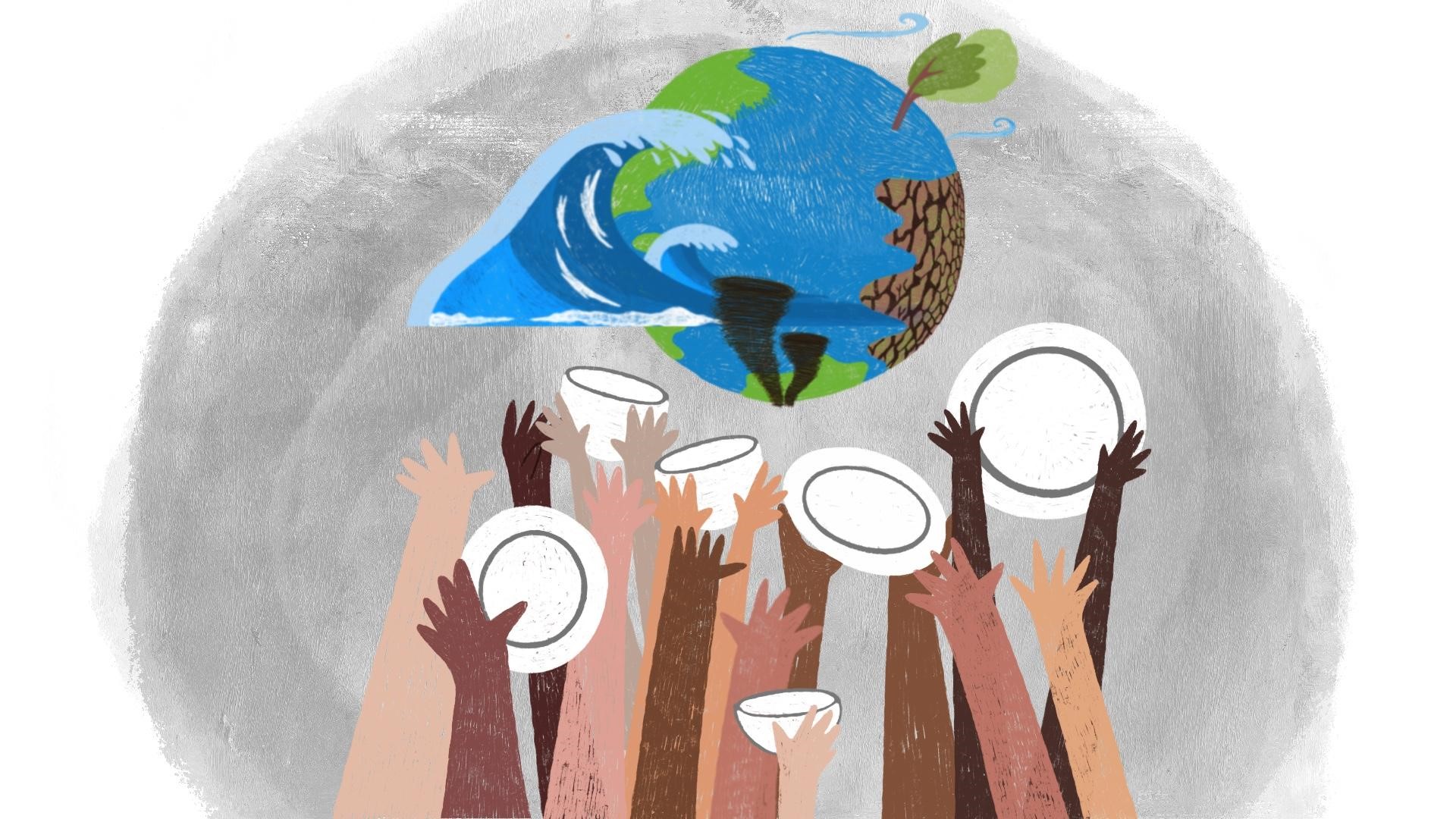
HEALTH CRISIS
Climate hazards are increasingly contributing to a growing number of adverse health outcomes (physical and mental well-being) in multiple geographical regions. Changes in frequency and intensity of extreme climate events (floods, droughts, heatwaves,
wildfires, dust storms) will expose people to increased risks of climate-sensitive illness and injuries, and in worst cases, higher mortality rates.
The Climate Crisis is now considered one of the biggest health crises in the world. It has been reported that environmental factors take the lives of around 13 million people every year. In a recent
study, it has been reported that nearly 740,000 excess deaths in India annually can be attributed to abnormally hot and cold temperatures related to climate change. In Delhi, the air quality is so poor that
breathing in its air is akin to smoking one to two packs of cigarettes every day. In a recent study, it has been found that at least 30.7% of deaths in India can be attributed to air pollution from fossil fuels, implying that about 2.5 million people die every year after breathing toxic air.
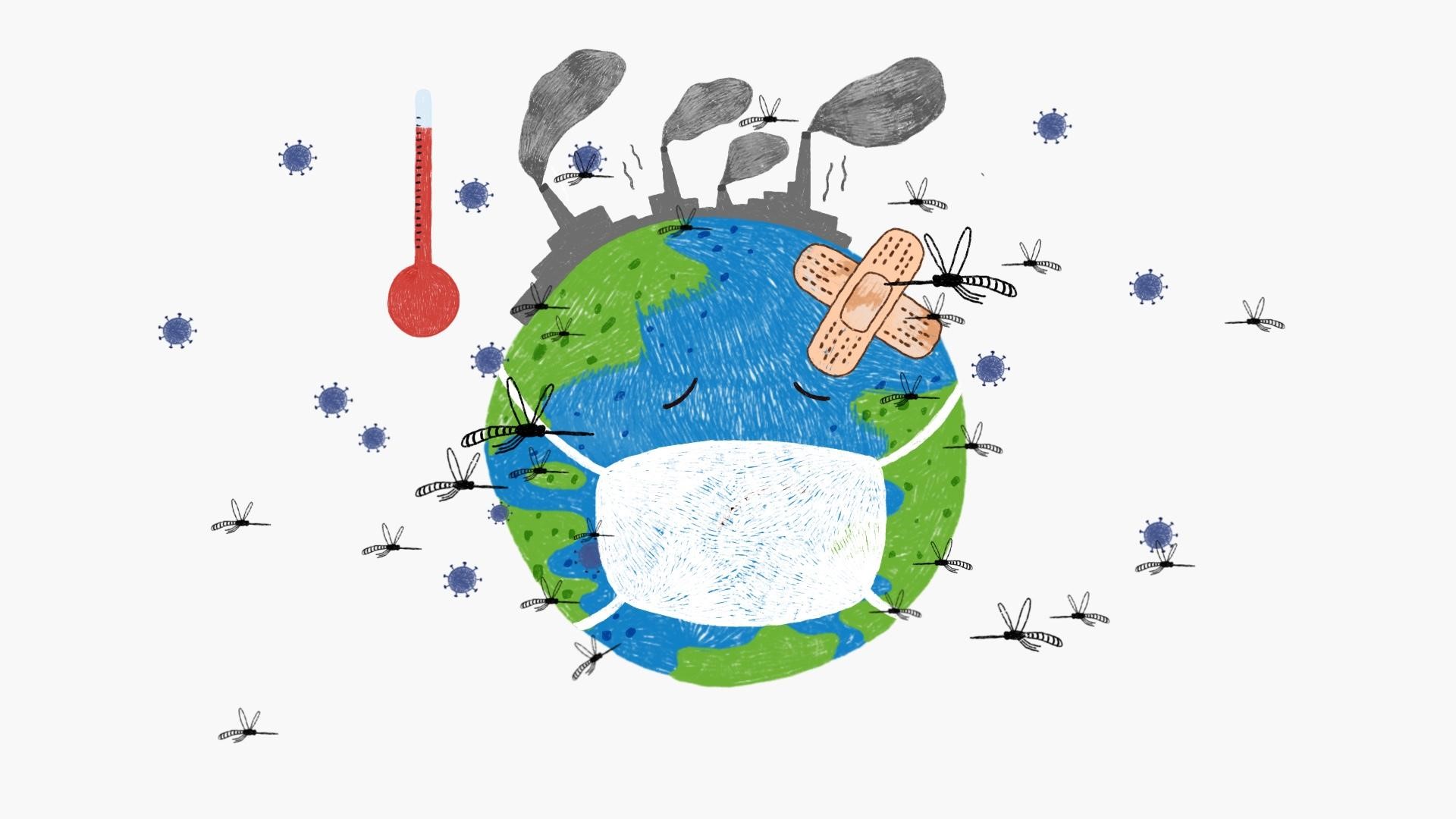
MIGRATION RISE
The IPCC 2022 report has warned that increased climate variability and extreme events are already driving migration and projecting longer-term climate change will increase migration flows. It is estimated that 22.5 million people are displaced annually by climate or weather-related disasters, and these figures are expected to increase in the future. In South Asia, cyclones, floods, and typhoons triggered internal displacement of 9.6 million people in 2019, almost 30% of total global displacements. In India alone, more than 4 million disaster-induced displacements occurred in 2019. Further, the IPCC report notes "Urban India is at much greater risk. There has been 35% urban growth in 2015-20. There will be 600 million more Indians in urban India in the next 15 years." According to a recent study, over 4.5 crore people will be forced to migrate from their homes in India by 2050 due to climate disasters, including floods, droughts, and cyclones, three times more than the present figures.

BIODIVERSITY
Globally there is a focus now on interactions amongst climate, biodiversity and human society. The IPCC 2022 report notes "the rise in weather and climate extremes has led to some irreversible impacts as natural and human systems are pushed beyond their
ability to adapt”.
Warming and increased frequency, severity and duration of extreme events will place many terrestrial, freshwater, coastal and marine ecosystems at high or very high risks of biodiversity loss by 2040.
India is home to over 45,000 species of plants and 91,000 species of animals.
According to a report in 2020, over the last five decades,
India has lost 12% of its wild mammals, 19% amphibians and 3% birds In a recent study,
India has lost 90 percent of the area under its four biodiversity hotspots and has witnessed a significant increase in forest fires . It is projected that warming stress is expected to trigger a change in
the distribution of plants and animal species in Asia until 2100. The IPCC report warns that
climate change would cause biodiversity and habitat loss, reduction in the suitable habitat of protected plants, risk of irreversible loss of coral reefs, seagrass meadows and other marine and coastal ecosystems with the increase of global warming especially at 2°C temperature rise or more.
Even at 1.5°C, up to 14% of land species will likely face a high risk of extinction. The Sundarban biodiversity spot is also endangered by a rising sea level threat in India.
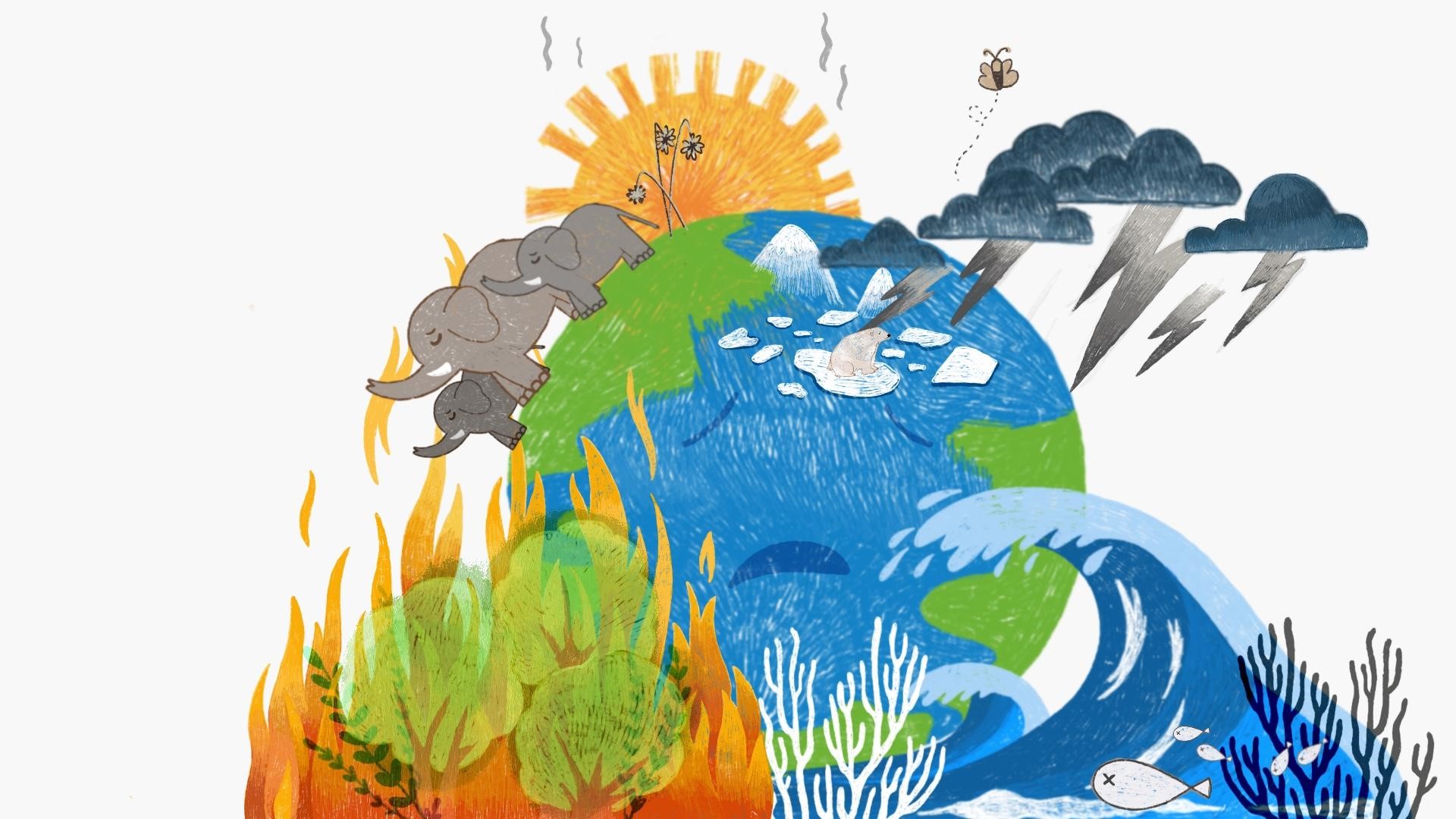
ECONOMY
Rising temperature, increasing sea level, extreme weather conditions, threat to water, livelihood and food security and to the health of the citizens is costing India at an exponential rate.
India is estimated to have suffered losses of almost USD 80 billion due to extreme
climate events in the last two decades. According to an
international study India has lost 3% of its gross domestic product (GDP) on account of global
warming of 1 degree celsius over pre-industrial levels, and risks losing 10% of its GDP in the extreme scenario of a 3 degree celsius increase.
In a recent
study it has been found that
over the next 50 years, the top five industries likely to be most impacted by climate-related losses in India are services, manufacturing, retail and tourism, construction and transport. These top 5 sectors
currently
account for more than 80% of the country's GDP. In another study, it was found that India’s country-level social cost of carbon emission was estimated to be the highest at $86 per tonne of CO2. It means the
Indian economy will lose $86 by emitting each additional tonne of CO2. India is projected to
lose $6 trillion by 2050 if no action is taken to reduce GHG emissions. Further, the poverty rate in India is projected to increase by 3.4% by 2040 due to the adverse effects of climate change.

